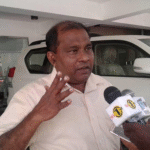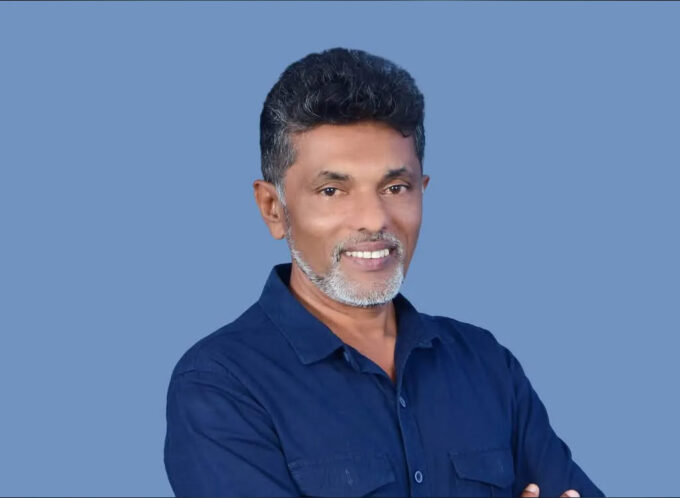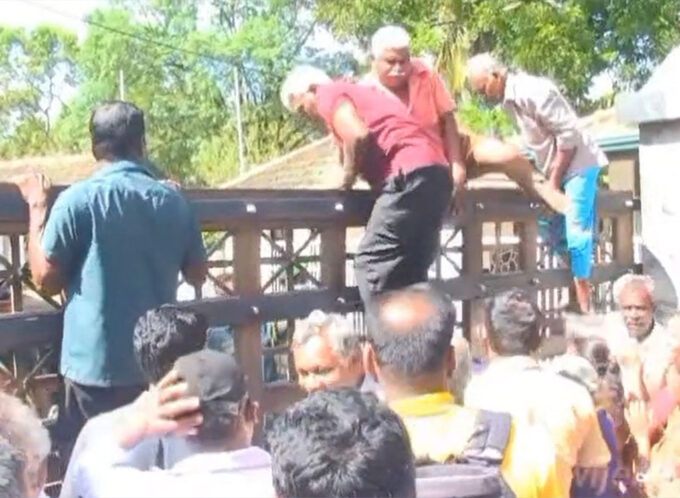The status of the India-Sri Lanka electricity grid connectivity project remains unclear amid conflicting signals from Sri Lankan authorities.
Despite media reports suggesting the Energy Ministry had requested the removal of the project from the Ceylon Electricity Board’s (CEB) Long-Term Generation Expansion Plan (LTGEP), Energy Ministry Secretary Prof. Udayanga Hemapala has denied such claims, affirming that discussions are ongoing.
“There has been no removal of the project from the ministry’s plans. The discussions regarding the project’s implementation continue as planned,” Prof. Hemapala told reporters, though the project’s formal inclusion in the LTGEP remains pending until further deliberations conclude.
The CEB echoed this stance, reiterating the grid interconnection’s strategic importance in enhancing system stability and enabling power exchange between the two nations. CEB spokesman Dhammike Wimalaratne emphasised that the project has not been cancelled.
A senior CEB official, speaking on condition of anonymity, revealed that a detailed report is being prepared for submission to the joint working group responsible for the project, which will determine the next course of action.
Meanwhile, Public Utilities Commission of Sri Lanka (PUCSL) Director General Damitha Kumarasinghe said the regulator has not yet received any formal communication from the CEB concerning the project.
The project, initially conceived in 2002 and built on a Memorandum of Understanding (MOU) signed during Indian Prime Minister Narendra Modi’s 2023 visit to Colombo, envisages a ±320 kV, 1,000 MW Voltage Source Converter (VSC) High-Voltage Direct Current (HVDC) bipole line connecting Madurai in India to Mannar in Sri Lanka.
Phase I targets a 500 MW capacity at an estimated cost of $1.225 billion.
Originally, the HVDC terminal was planned for New Habarana but was shifted to Mannar to leverage wind energy resources, prompting further technical evaluations. Studies by the CEB, India’s Power Grid Corporation, and the Asian Development Bank have confirmed the HVDC system’s benefits for system stability and controlled power flow.
While the project holds significant potential to bolster Sri Lanka’s power sector and regional energy integration, no final decisions have been taken regarding costs, timelines, or formal approval, leaving the project’s future in a state of cautious limbo.











Leave a comment